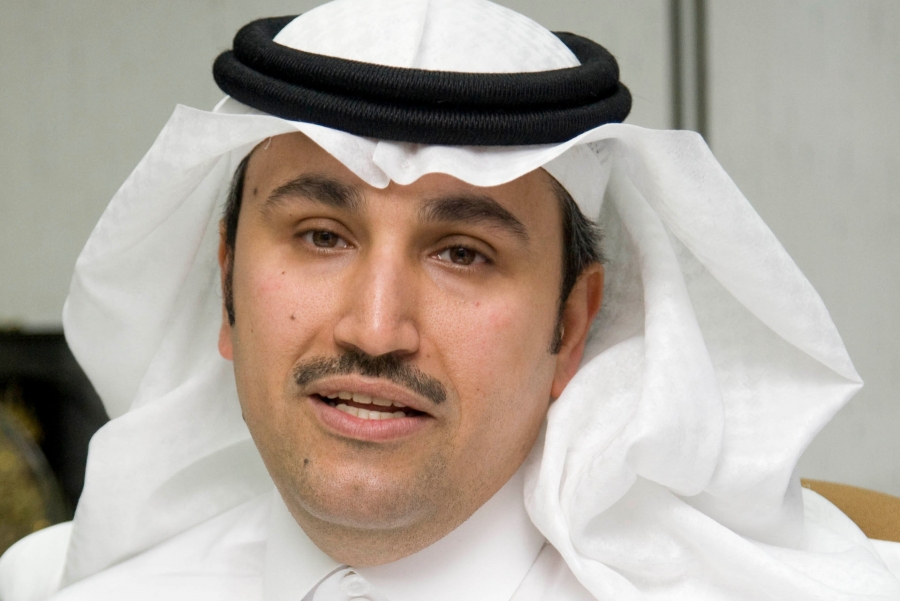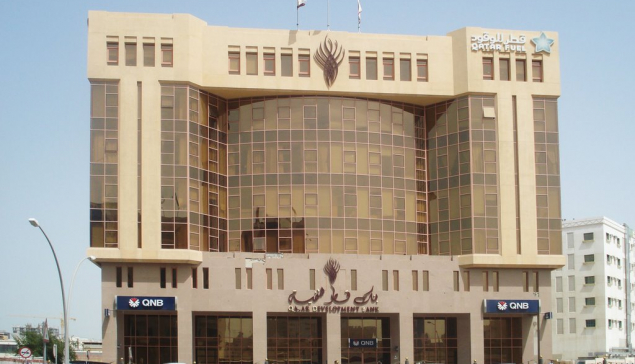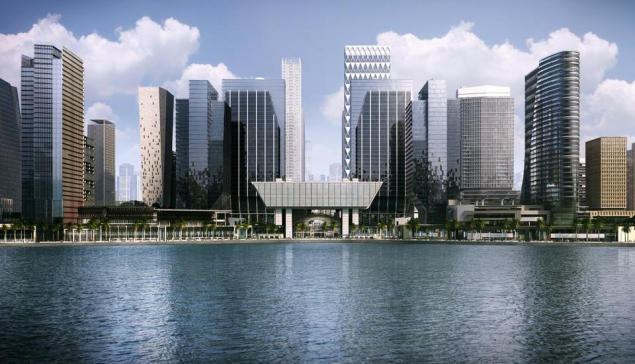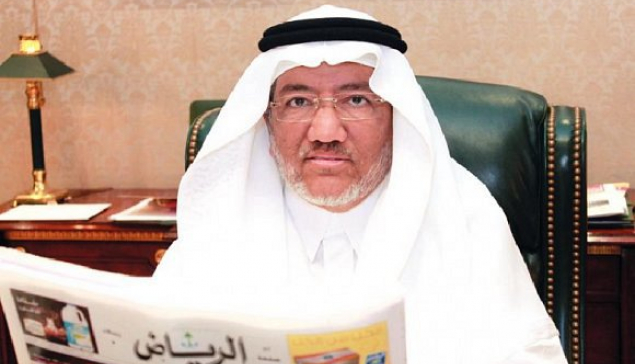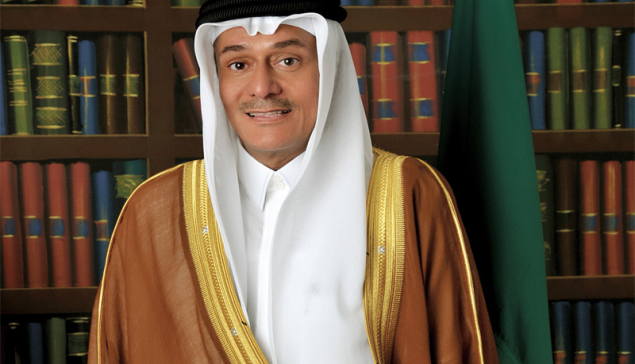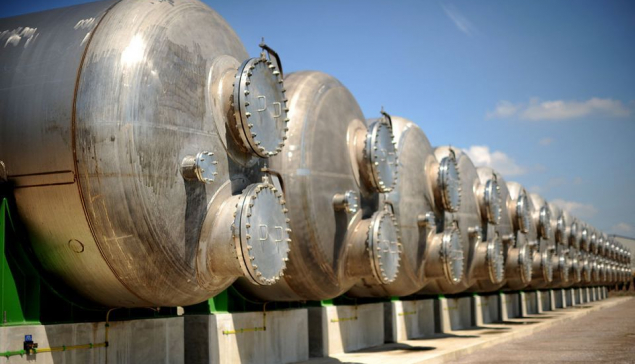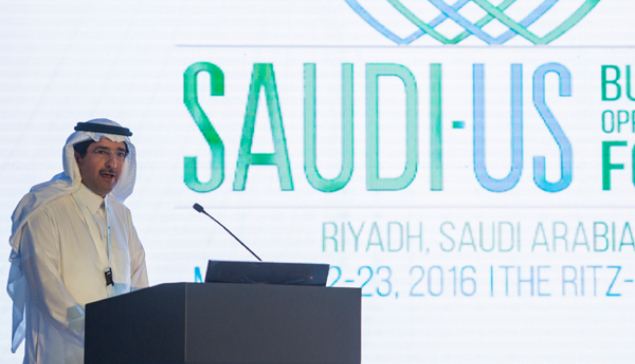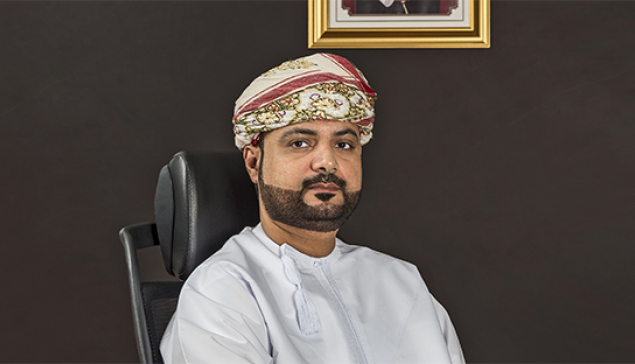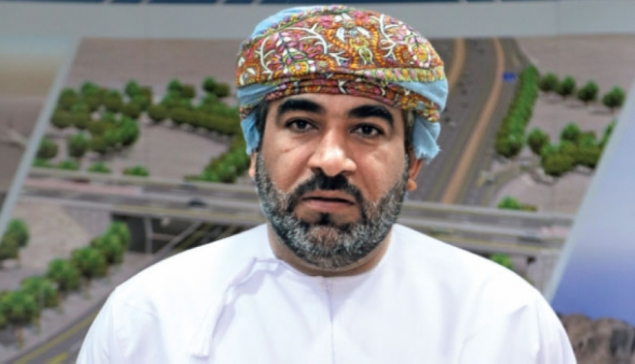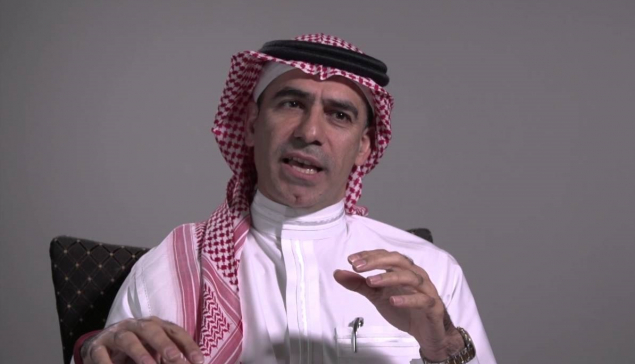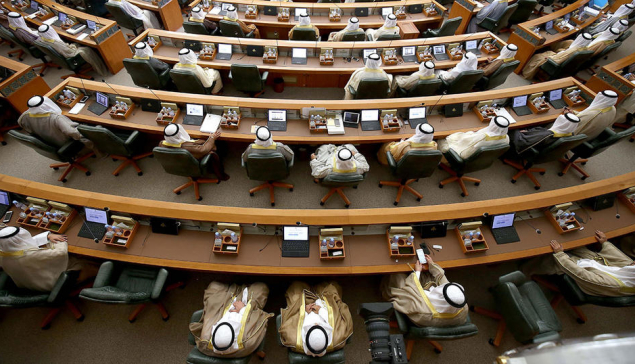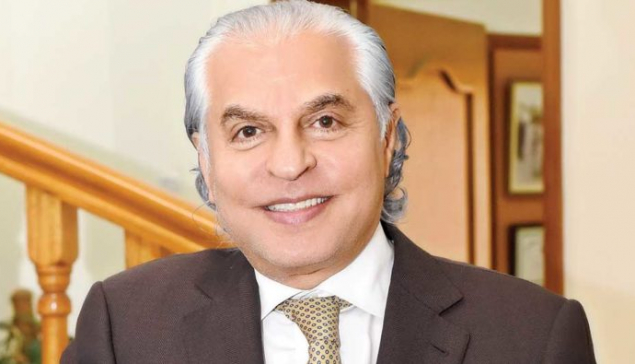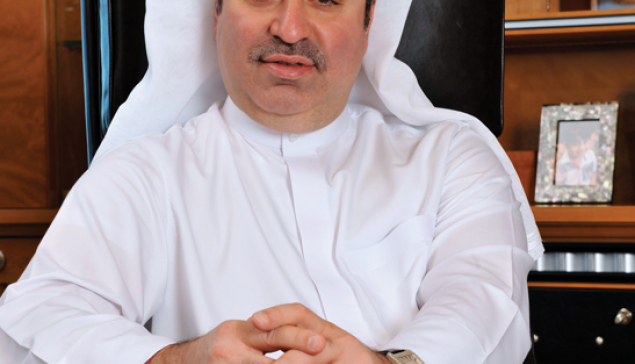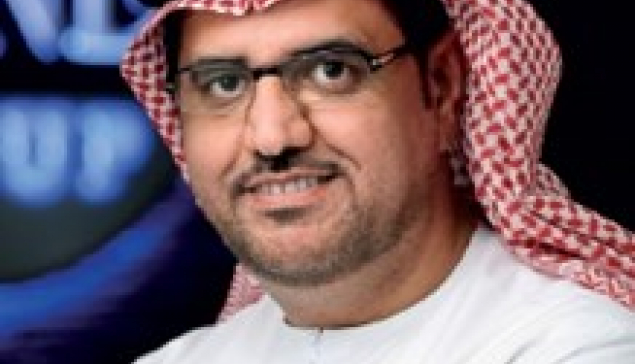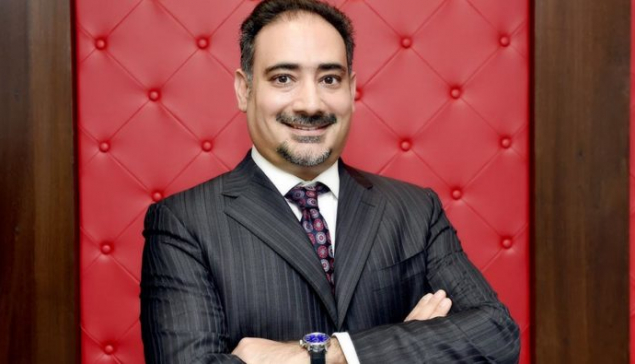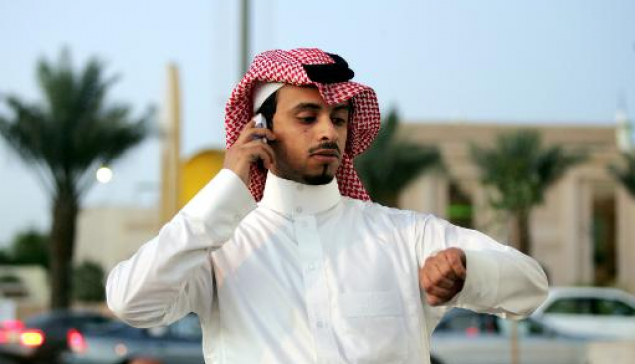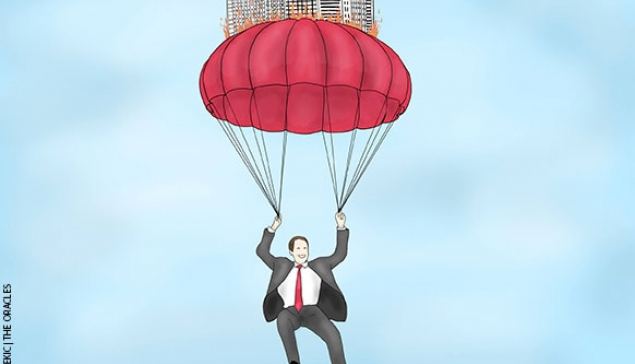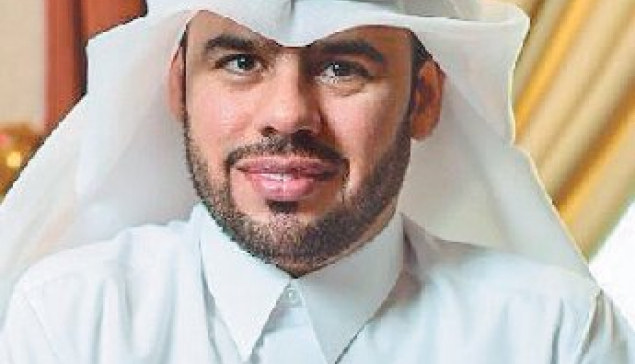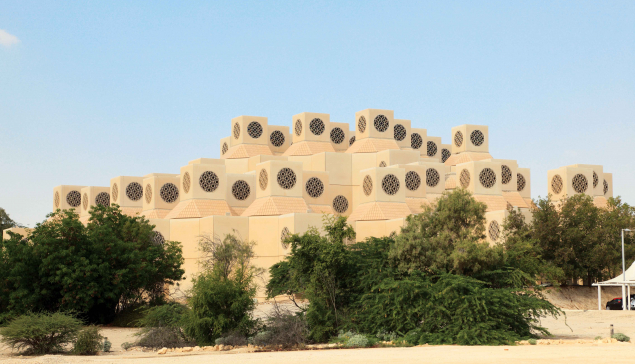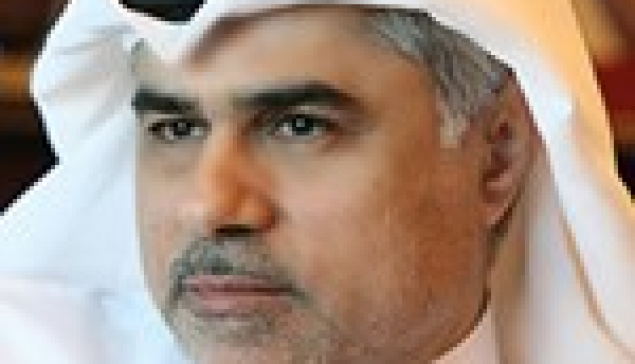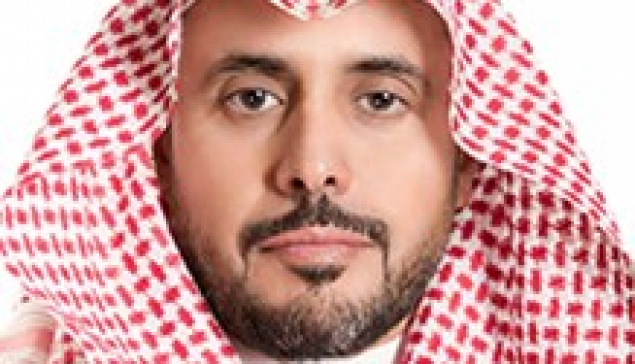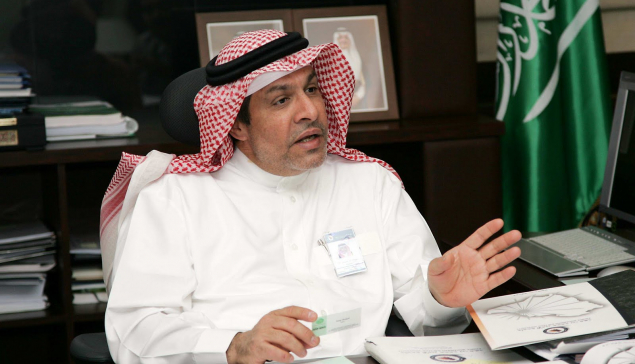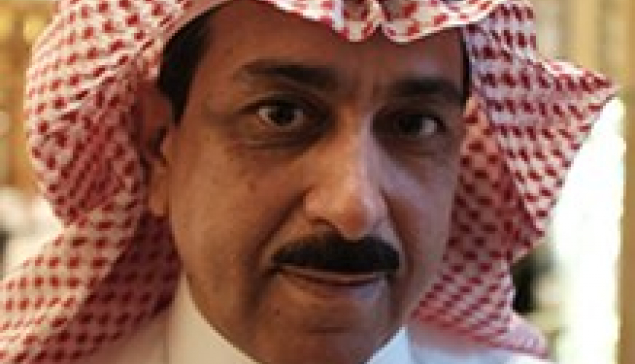What have been some of the fundamental changes implemented as part of the privatization process, and what lessons can the country learn from your experience?
Privatization is a journey that starts with a vision and this vision starts with specific objectives to be achieved. SAUDIA's journey of privatization started with many cycles dating back as far as 20 years ago. There were some challenges then, however, and we set about a new journey eight years back. The approach of privatization has been focused on privatizing the subsidiaries of the group. There have been successes achieved in this journey so far. As we go, we learn from what has been achieved and we are building on our successes, adapting to new changes, reacting to the lessons that we have learned along the way, and continuing on this journey. Until now, we have two companies that are already listed, while some of the companies went with strategic partnerships. Privatization goes into a number of stages, starting with corporatization, governance, and then operational improvements. Ultimately, we reach the stage of an IPO if the company is in the right state and if the market conditions are favorable. As mentioned, we have two companies already listed; one company has already passed the stage of strategic partnership and is ready for listing when the market is right for that, while another two companies have undergone corporatization, governance, business improvement, and are now at the stage of having strategic partners. We already have a strategic partner for Saudia Private Aviation (SPA). The next step is to do the same for Prince Sultan Aviation Academy (PSAA) and for our real estate unit, Saudi Airlines Real Estate Development (SARED). We believe that Saudia Aerospace Engineering Industries (SAEI), another major subsidiary, can create huge value for the national program to localize the defense industry, manufacturing, and MRO activities. We are working with the government, having a dialog to see how we can contribute to this for the long-term sustainability of the country's aviation sector.
As the flagship carrier of the country, to what extent are plans for future fleet and route expansion business-oriented decisions as supposed to satisfying strategic objectives?
SAUDIA is the national carrier of Saudi Arabia, is currently in its 72nd year of operations and holds a unique position. Moreover, we have launched a five-year strategy that is really transforming SAUDIA into a commercial, competitive entity relying on its own resources. We have started this implementation, adapting elements of growth as well as improving productivity and efficiency, services, and overall customer experience. We are also adapting and redesigning products to cater for the needs and wants of the specific customer segments that we have identified. To support that, a number of enabling initiatives have been launched. Furthermore, while we are the face of the country in each of our destinations and have strategic objectives to satisfy in this regard, we are fully committed to being a sustainable and thriving business entity and the initiatives we have launched in recent years cater to this precisely.
How much of your own growth strategy correlates to the expected growth of the Hajj and Umrah industry?
SAUDIA plays a role in the government's National Transformation Program 2020 and Vision 2030. There are three major initiatives that require strong collaboration with SAUDIA. The strategy that SAUDIA has launched and adapted is fully aligned with the Vision and National Transformation Program. We are in dialog with different government entities and others to make sure that we fully align our programs together. Religious tourism is one of the major areas of collaboration, as the Vision calls for the number of Umrah visitors to grow to 20 million by 2020 and 30 million by 2030. This is a target we are all committed to working towards. This target will create opportunities, but at the same time will need significant investment, planning, and working together with a number of stakeholders in order for that to take shape. The plan to increase our fleet and establish new routes is part of this plan. There are many international markets which we already fly to, and seek to develop stronger ties with and increase flight frequencies and capacity, in order to transport and welcome more pilgrims to the Land of the Two Holy Mosques.
In a regional aspect, do you see this is the main strength of SAUDIA in comparison with other regional heavyweights?
I can identify three unique characteristics of SAUDIA when we compare it to others. One is the position of Saudi Arabia among the Muslim world, hosting the two Holy Mosques and receiving a growing number of pilgrims. The second unique attribute is that SAUDIA provides the most authentic service to Arab hospitality, Arab culture and values. The third element, when compared to other companies, is that we rely more on our nation's human resources. These are the three unique factors that differentiate SAUDIA from other players in the region.
Looking ahead, what are your short-term goals and expectations for 2017?
In June 2017 at the Paris Air Show which took place at Le Bourget airspace, we were honored to receive the Skytrax award for the 'World's Most Improved Airline.' Receiving the award is a testament to the hard work, commitment, and contributions from all SAUDIA employees. One key thing to note is that the company is changing. Everything we do—all services—is undergoing review and transformation. The airline's Transformation Plan was first instituted in mid-2015 and will carry on until 2020. As part of the SV2020 transformation program, we have about 140 active initiatives. Also, we are expediting our efforts to meet the ambitious targets while also overcoming the increasing challenges of the market with respect to competition, lower purchasing power, and the changing operating environment. One notable measure we have taken is to launch our own low-cost carrier, Flyadeal, which is expected to debut in late September 2017 and will further strengthen Saudi Arabia's ever-dynamic, and long-standing aviation sector.
- Super User
- Trade & Services
- Hits: 2009
